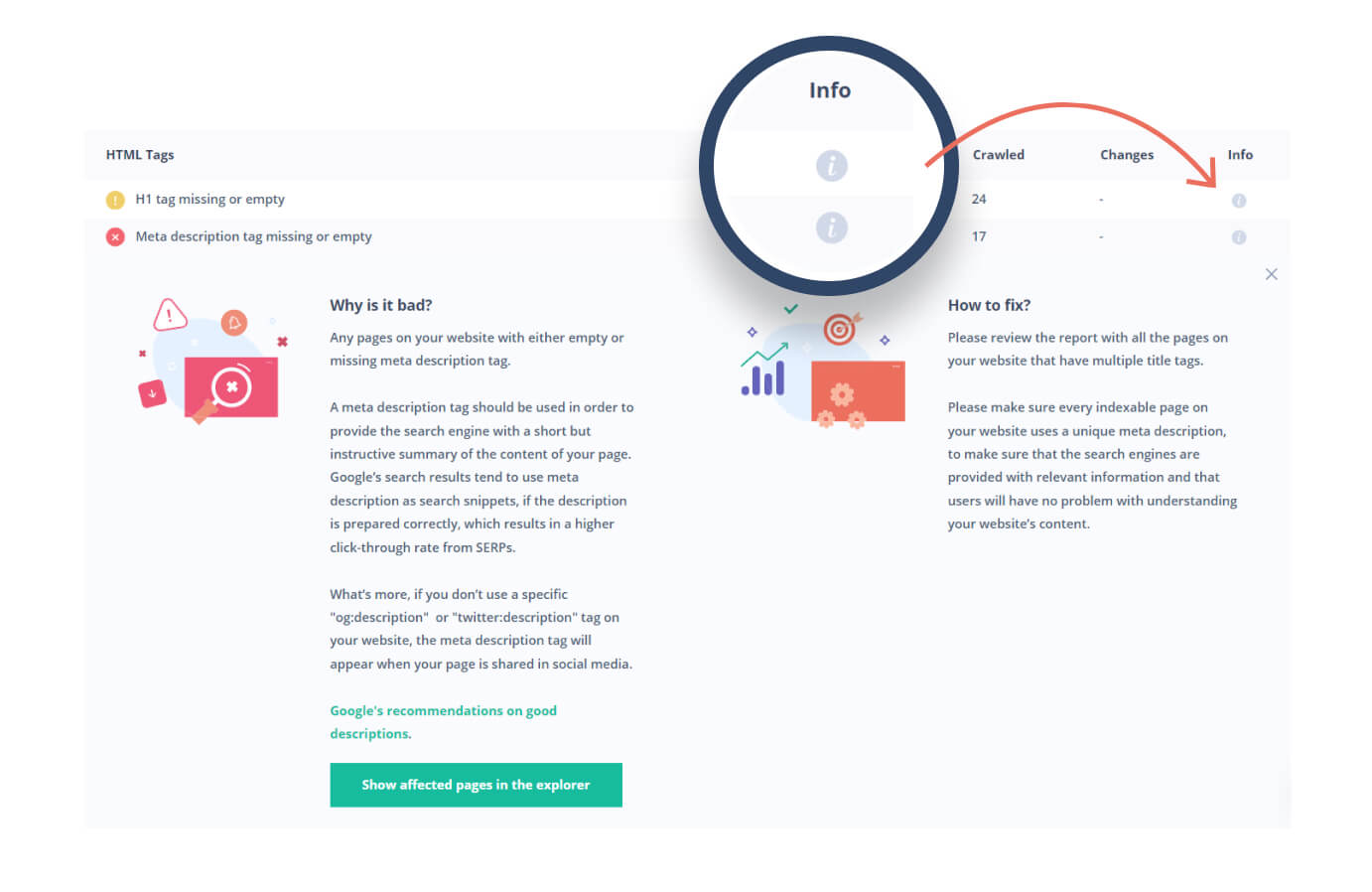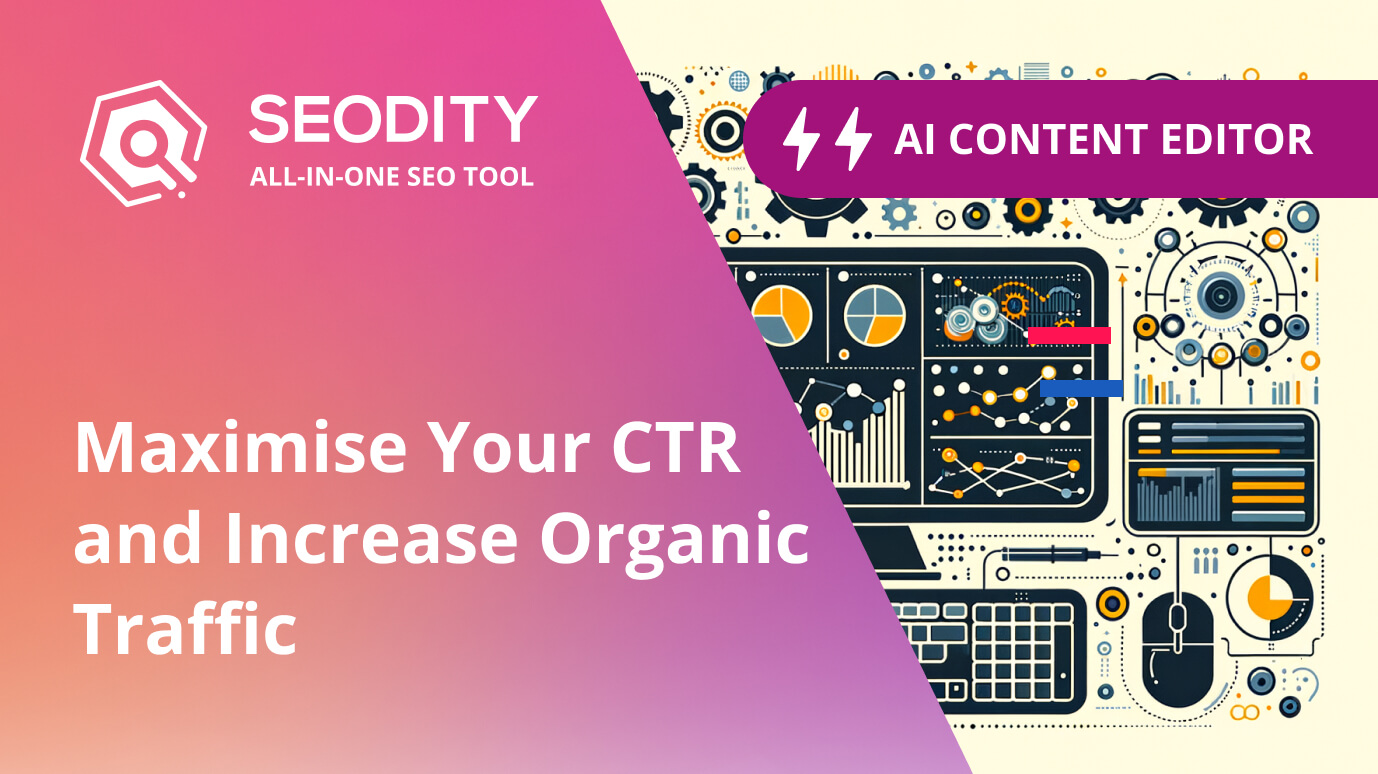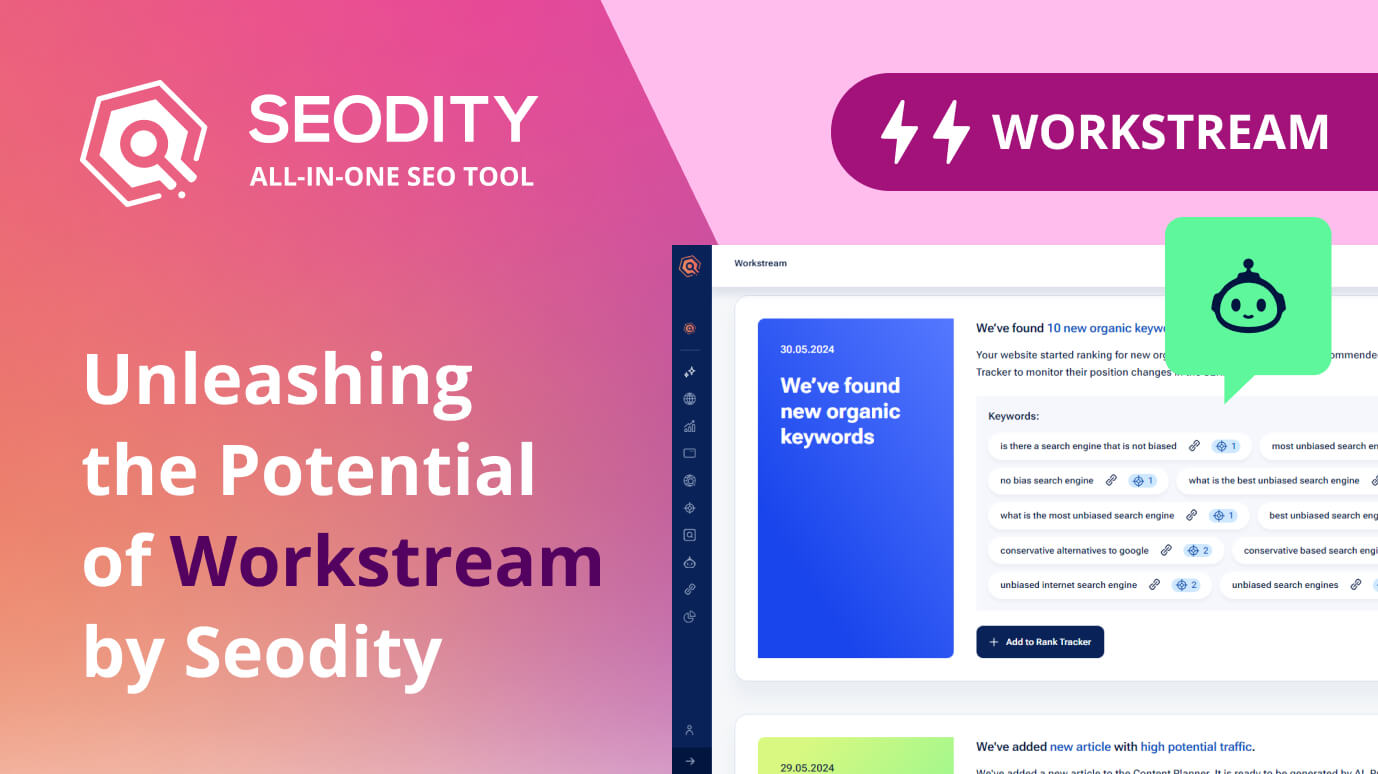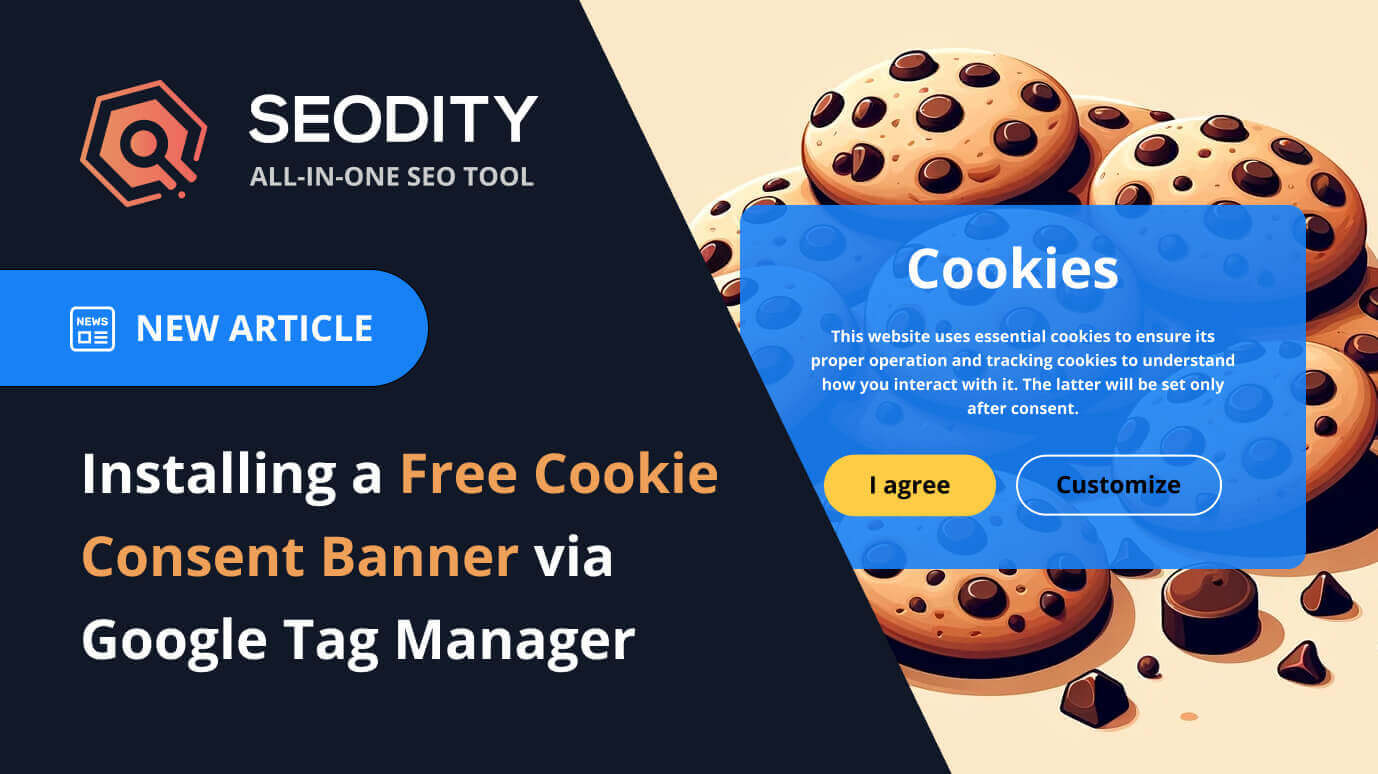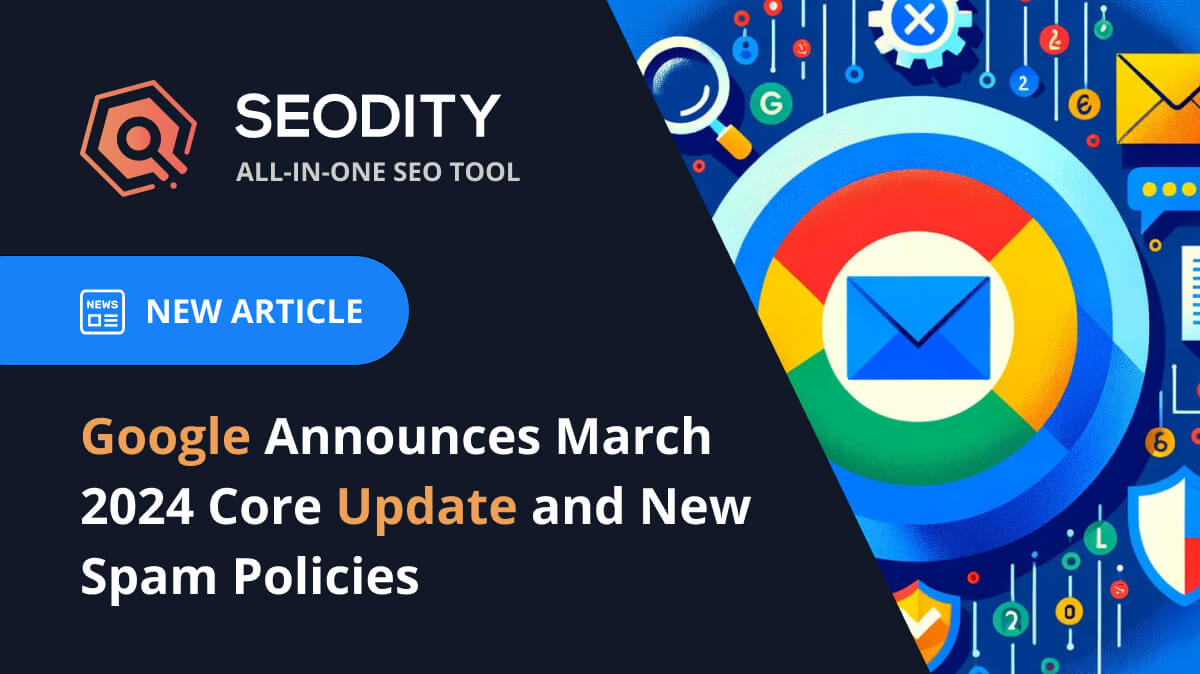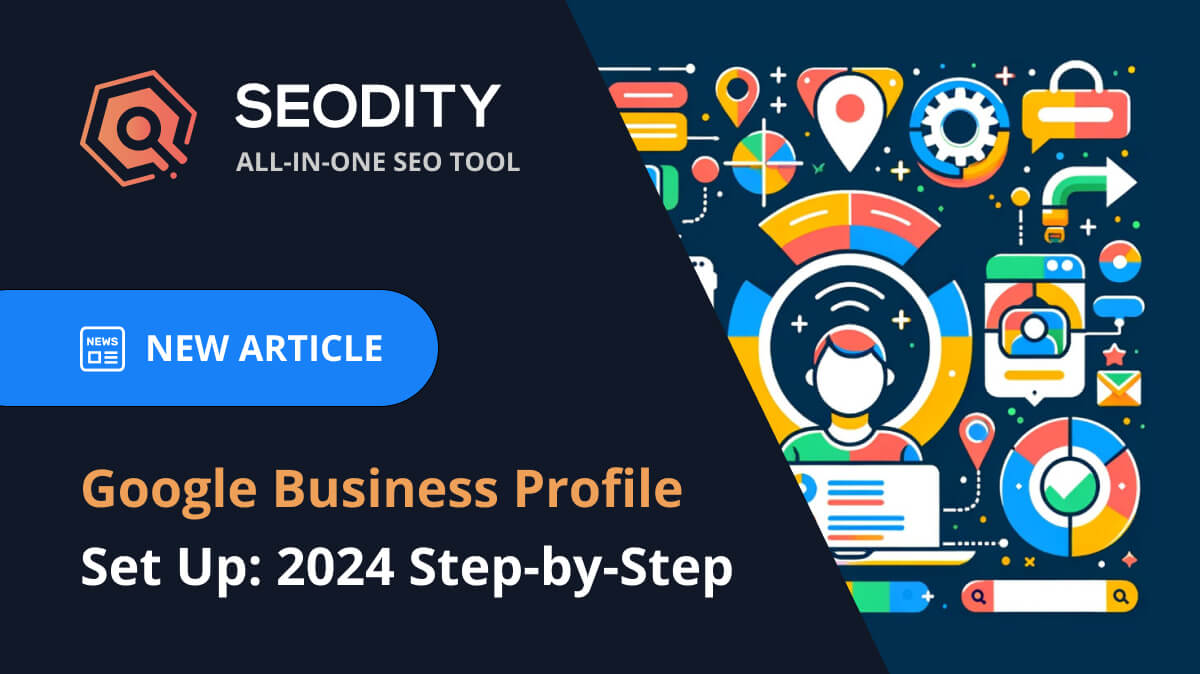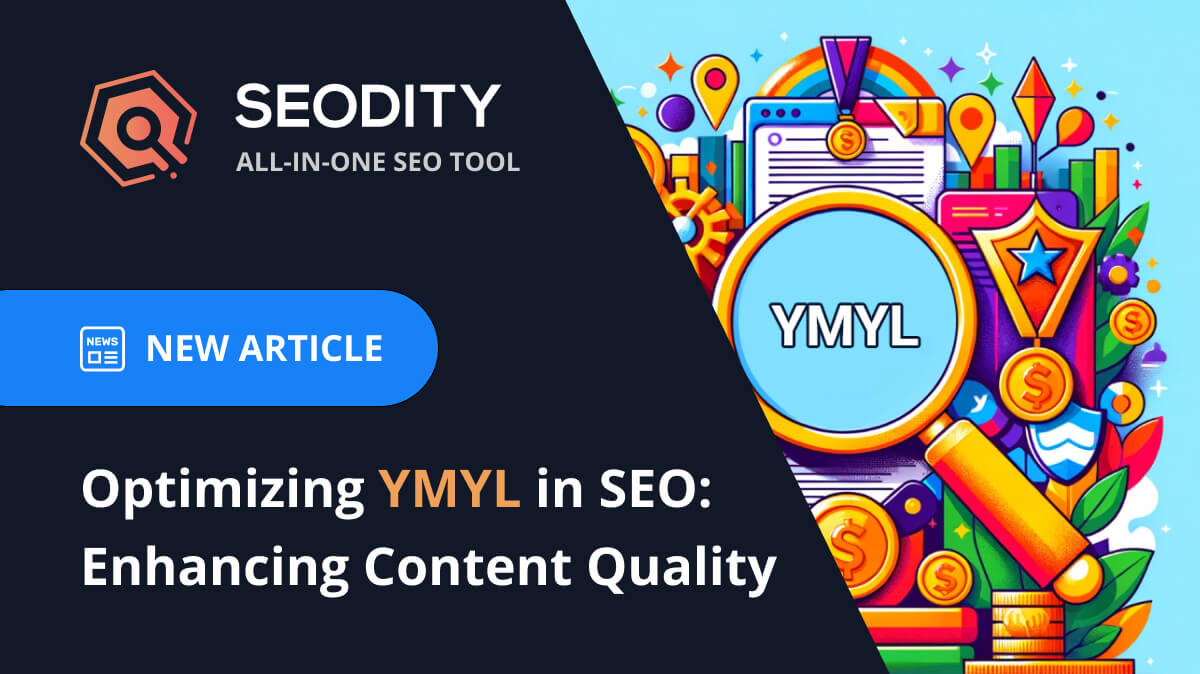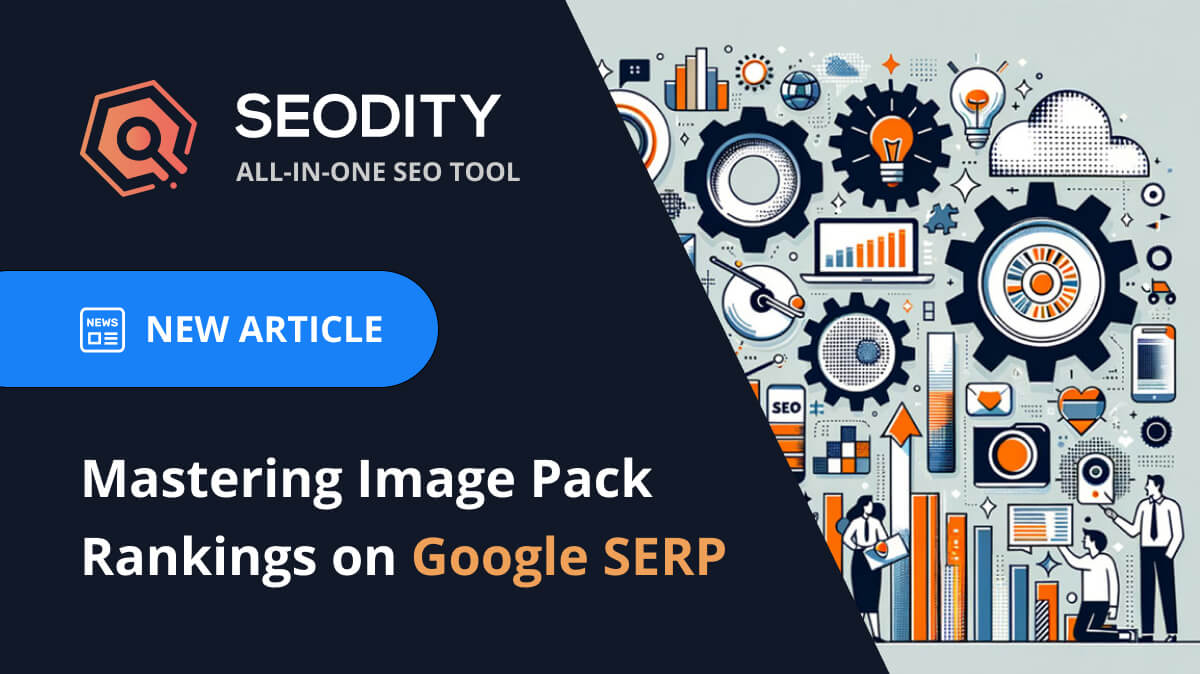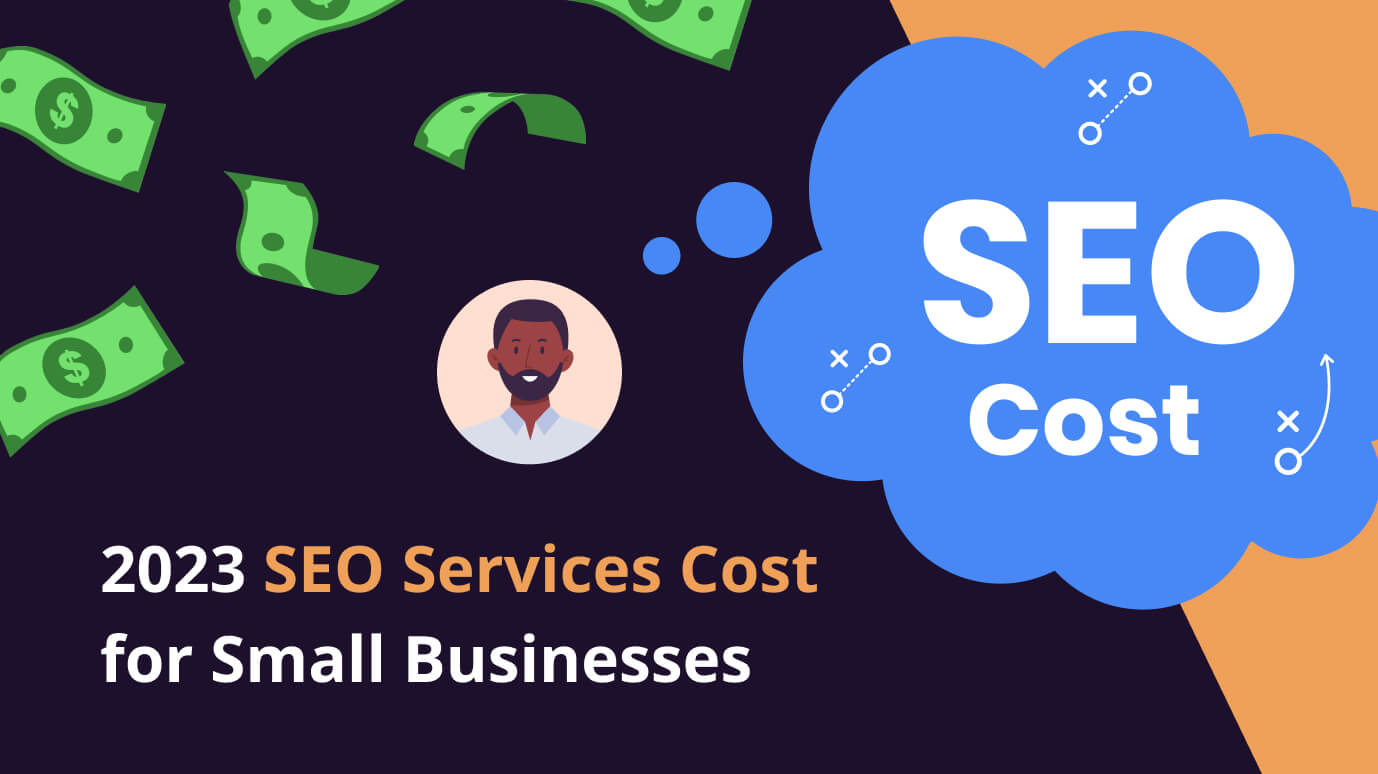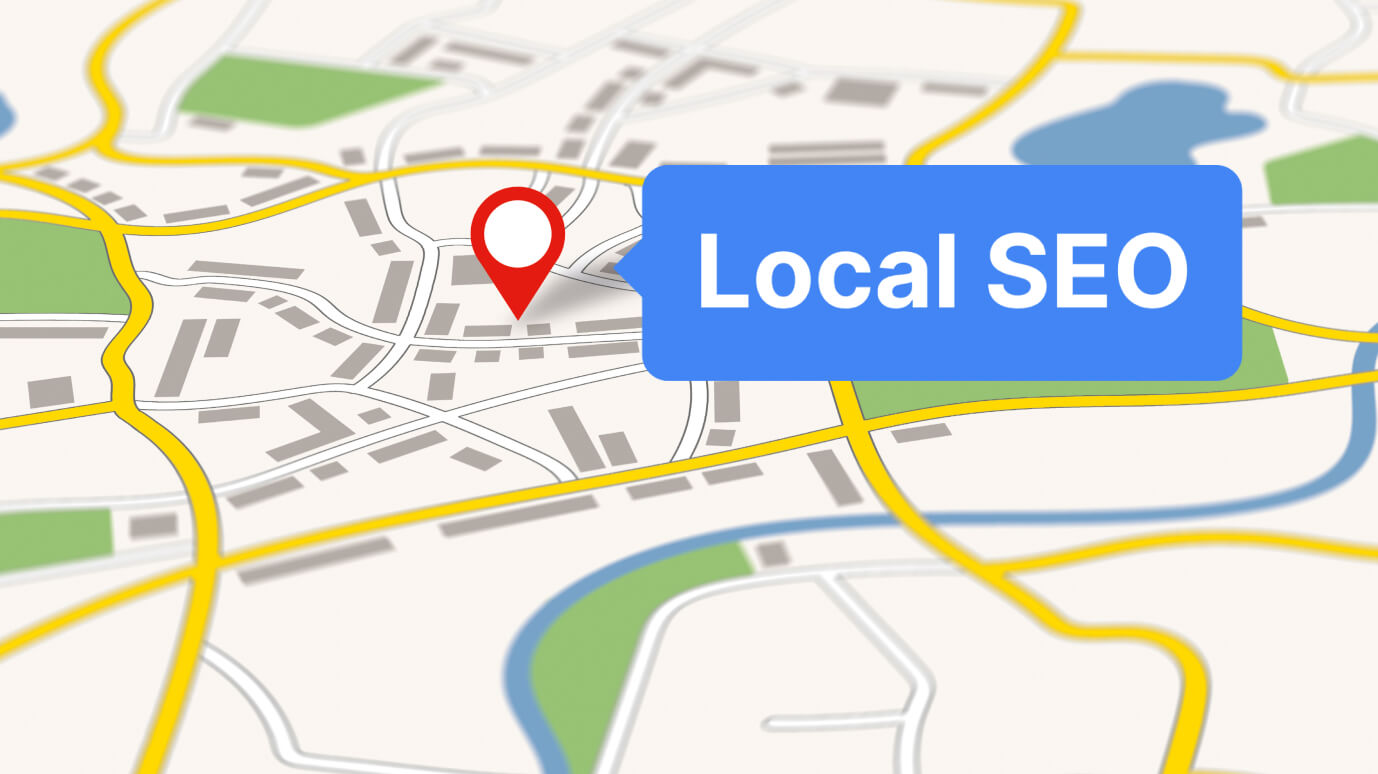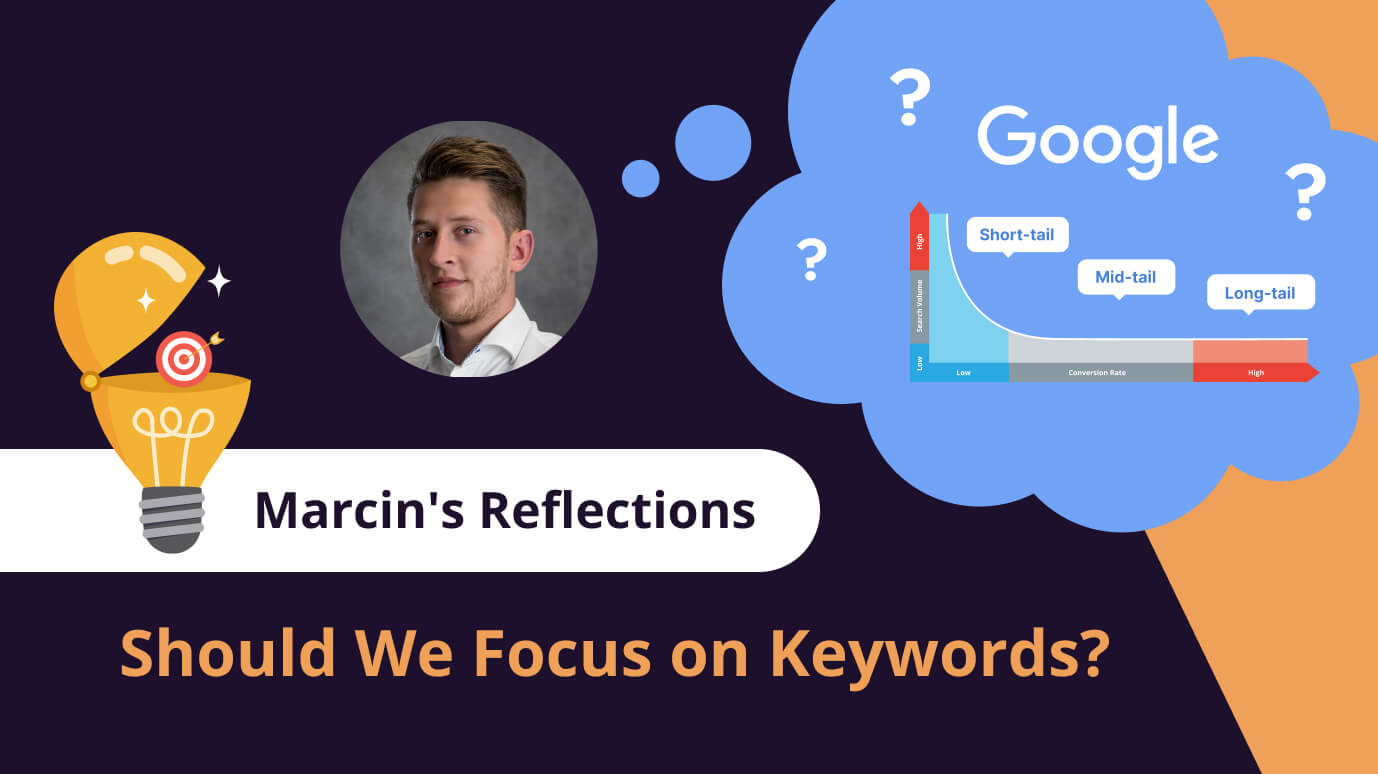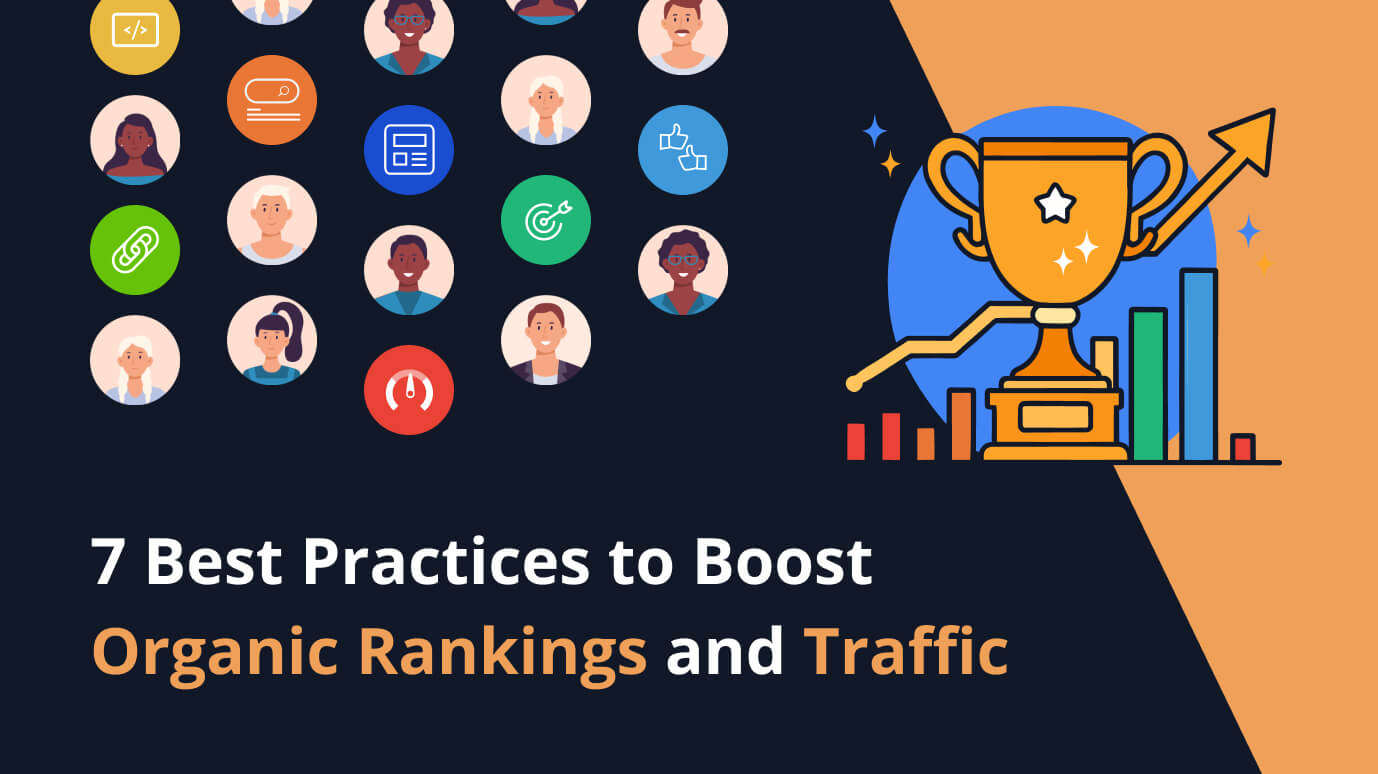
 5 min read
5 min readSEO Mastery: Top 7 Practices to Elevate Your Rankings & Drive Organic Traffic
If you aren't sure how to start with your SEO, or if you have already implemented several strategies and are searching for additional tips, then this article will be beneficial for you. We have compiled the top 7 SEO practices that you can apply to your project. Remember, you can delve a lot deeper into each practice if needed.
The Importance of SEO in Today's Digital Landscape
Before we dive into the best practices, let's understand why SEO matters. According to Ahrefs, a massive 68% of online experiences begin with a search engine. Additionally, businesses that rank high on SERPs have a formidable advantage. A study by Backlinko revealed that the first Google search result gets a hefty 31.7% of all clicks, putting everything else into perspective.
Thus, SEO is no longer optional. It is a necessity in the digital landscape to build sustainable visibility, target potential customers, and improve overall engagement. But, how does one get there? What are the top SEO practices you should be considering?
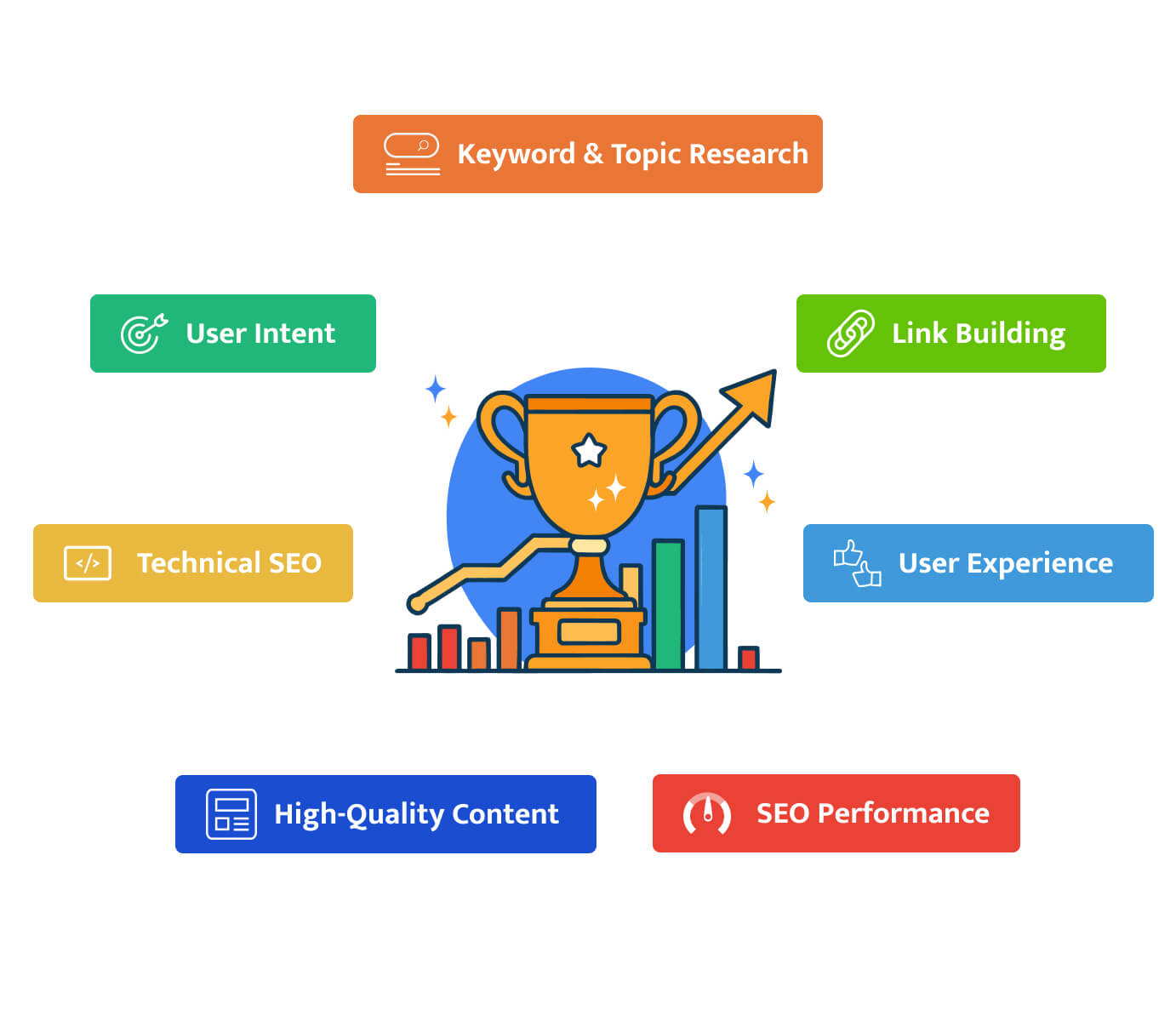
1. Understand Your Audience & User Intent
For successful SEO, understand your audience and why they're searching online. They use search engines with specific needs, so as an SEO expert, you need to predict these and create content that meets their intent and adds value. This can be different from informative articles for those just exploring to detailed guides or promotional material for customers ready to buy.
Remember, you're writing for humans first and algorithms second. Crafting a compelling narrative or argument, with clear and concise language, will keep readers engaged and encourage them to stay on your site longer — a key sign of quality from Google's perspective.
Beyond engaging your current audience, intertwining relevant keywords and metadata within your content will enhance search engine visibility to reach even more potential readers. And don't forget to include both internal and external links to reputable sources, which substantiates your information and further improves your SEO.
Lastly, sum up your content with key takeaways or a clear call to action, giving your readers a sense of direction and leaving them with something of value from having engaged with your content.
If you know who your audience is, start by researching user intent based on the topics/keywords you want to write about.
Read about it below.
2. Keyword & Topic research (with intent analyzing)
There is 4 main search intention.
You can read more about it here -> https://docs.seodity.com/basics/search-intent
If you wish to concentrate on a topic that has a high likelihood of conversion for your e-commerce business, you should definitely focus on "Transactional" Intent. Users will search for phrases like "buy iPhone online".
As you can see, the structure of the article or landing page will differ based on user intent. This is why you should commence with an in-depth analysis of the search intent.
Seodity provides an easy means to do this utilizing highly intuitive filtering options.
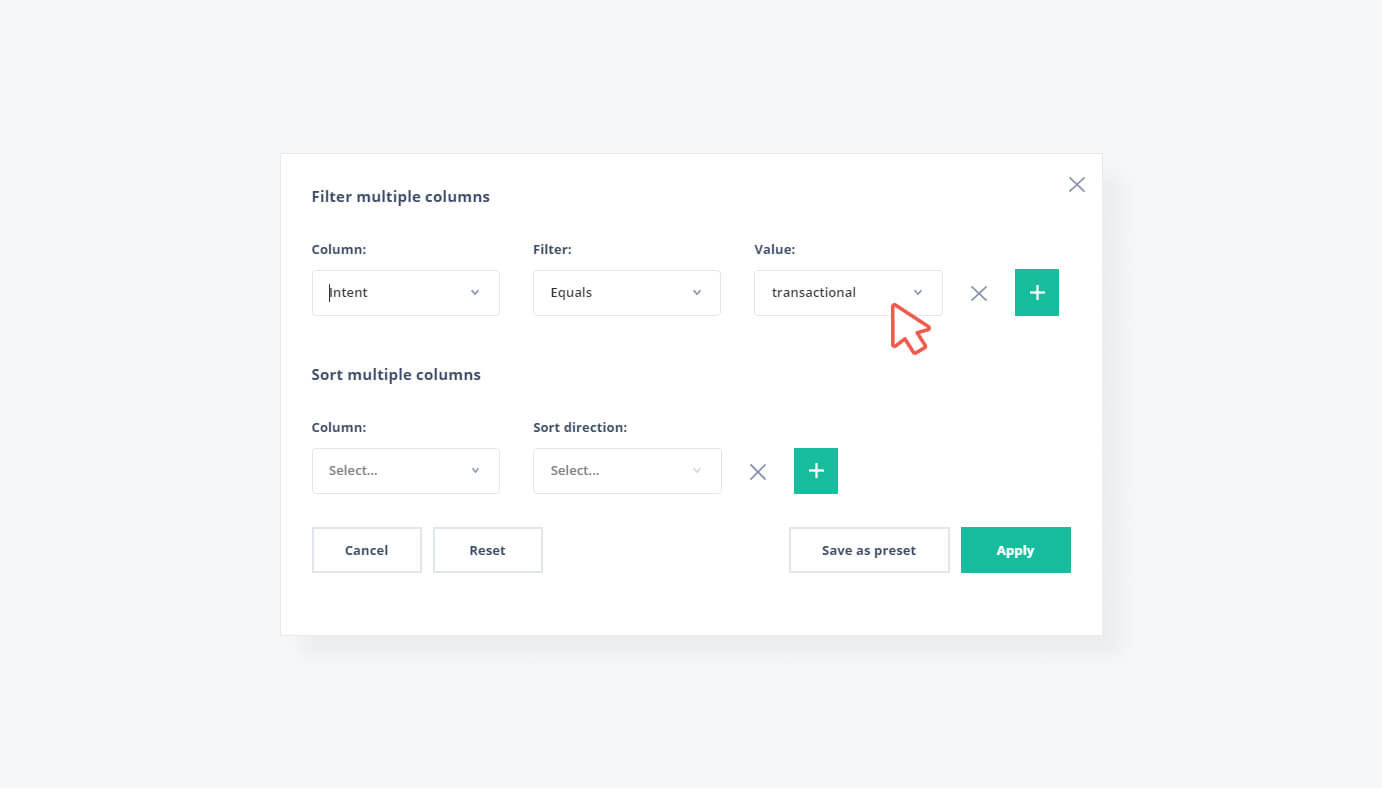
3. Content is King: Write High-Quality Content
Bill Gates once said that "Content is King," and it still holds true. High-quality, engaging content that offers value to the reader is favored by both search engines and audiences. Good content reduces bounce rates and increases time spent on the site, improving your rankings.
Concentrate on the subject, not just keywords
It's easy to get caught up in the intricacies of keyword optimization. However, we must never forget the inherent value of topic-focused content crafting. The idea is to deliver accurate, reliable, and up-to-date information that underscores your expertise, authority, and trustworthiness (E-A-T).
Instead of just using keywords, this method involves crafting an interesting story with easy-to-understand words that keep your audience engaged and interested.
Try to answer the questions that your audience is interested in.
Your visitors read your blog to find answers to the questions and problems they queried on Google, which led them to you.
The way you present this information matters just as much as the content itself; your writing should follow a captivating storyline or argument, keeping readers gripped from the introduction to the conclusion. This includes summarizing key points and introducing a clear call to action - providing the reader with tangible next steps.
Where you can find the questions that people ask on Google?
1. You can find them in a featured snippet known as 'People Also Ask'. Although not every SERP incorporates it, you can verify its presence using Seodity Keyword Research or the Seodity Rank Tracker.
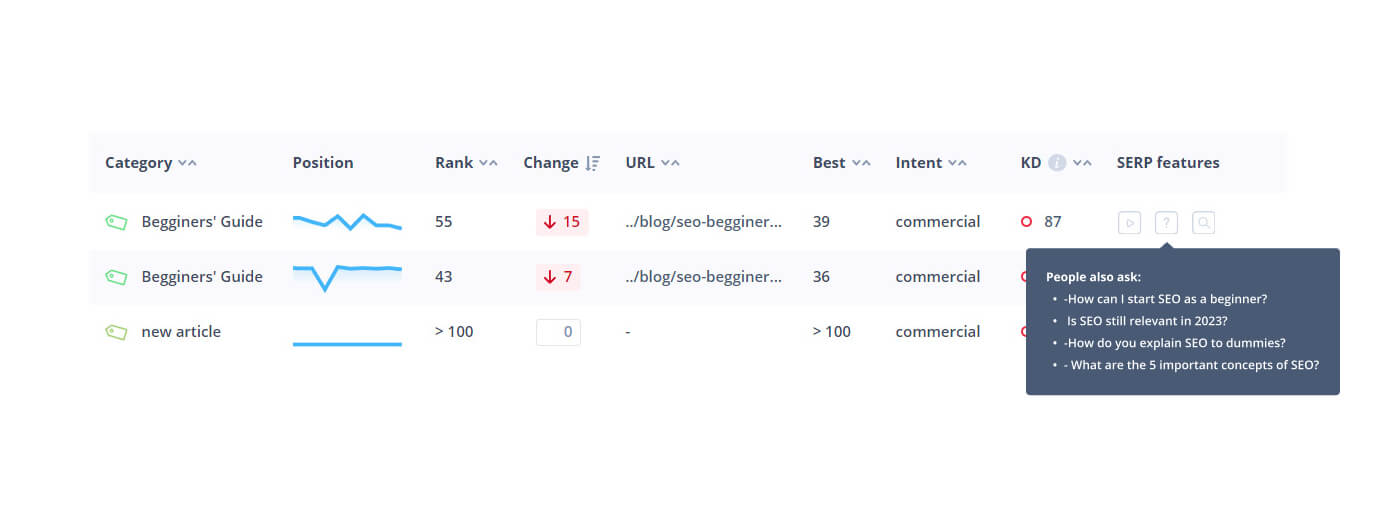
2. You can also find them using the Keyword Research -> questions method.
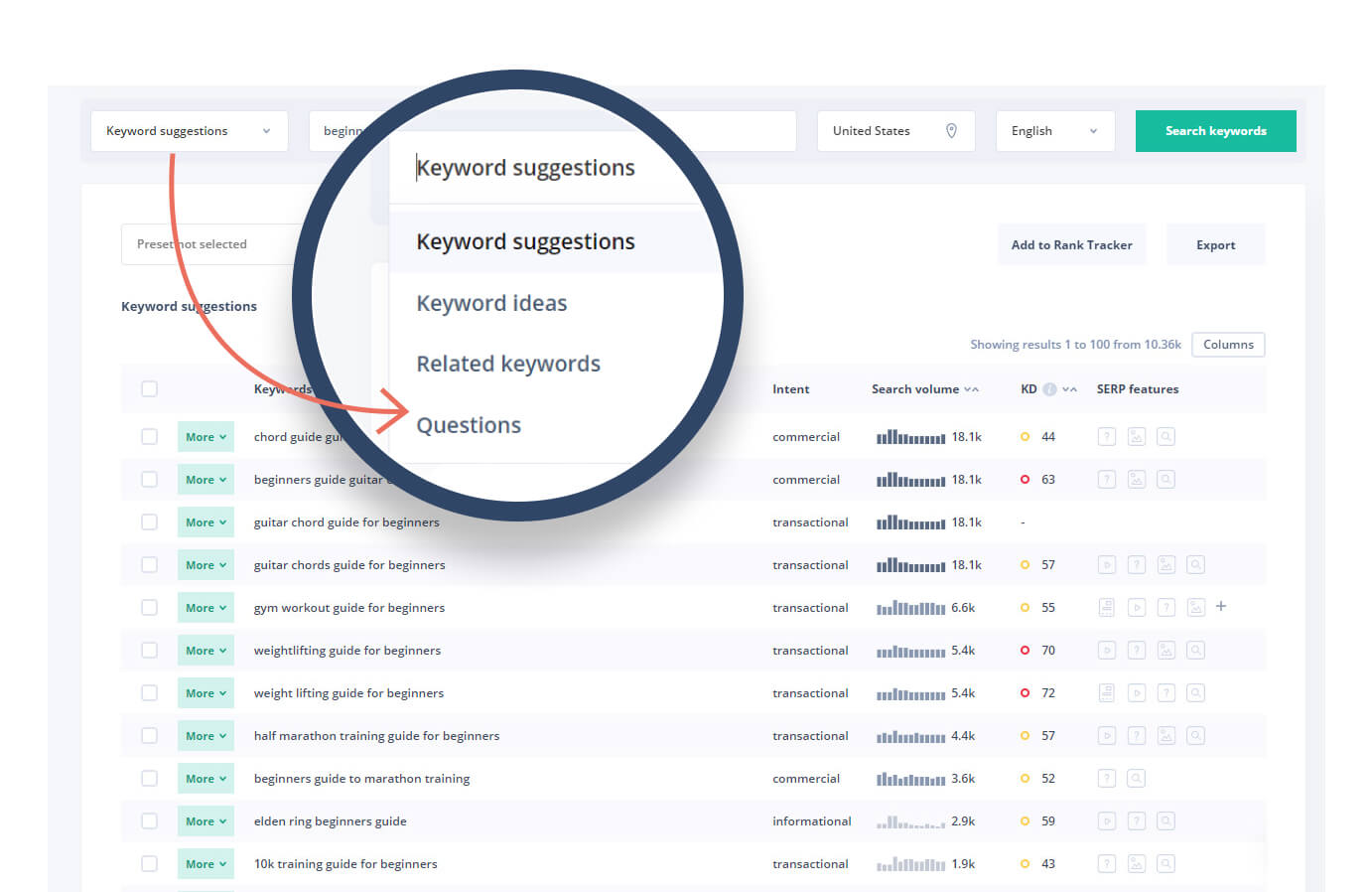
Is there a faster way to do that?
Absolutely. Seodity can conduct all the necessary research for you and generate perfect content that addresses the questions your audience poses on Google.
[YouTube video] https://youtu.be/nfuBSPYrNGg?si=W2SvprRkZRjFZRUI
4. Technical SEO: Speed, Security, Mobile-First Indexing
The technical aspects of SEO cannot be ignored. Ensure your webpage loads quickly, your site is secure with HTTPS, and the user interface is mobile-friendly, as search engines downrank sites that don't meet these criteria.
Perform an on-site audit using the most popular SEO tools:
- Seodity On-site Audit - https://seodity.com/on-site-and-data-explorer With Seodity, you will receive comprehensive information regarding the issue and instructions on how to fix it.
- Ahrefs On-site Audit - https://ahrefs.com/site-explorer
Make your images smaller to increase website speed.
Always remember to compress your images; there are many free tools available for this task. I recommend using: https://tinyjpg.com/
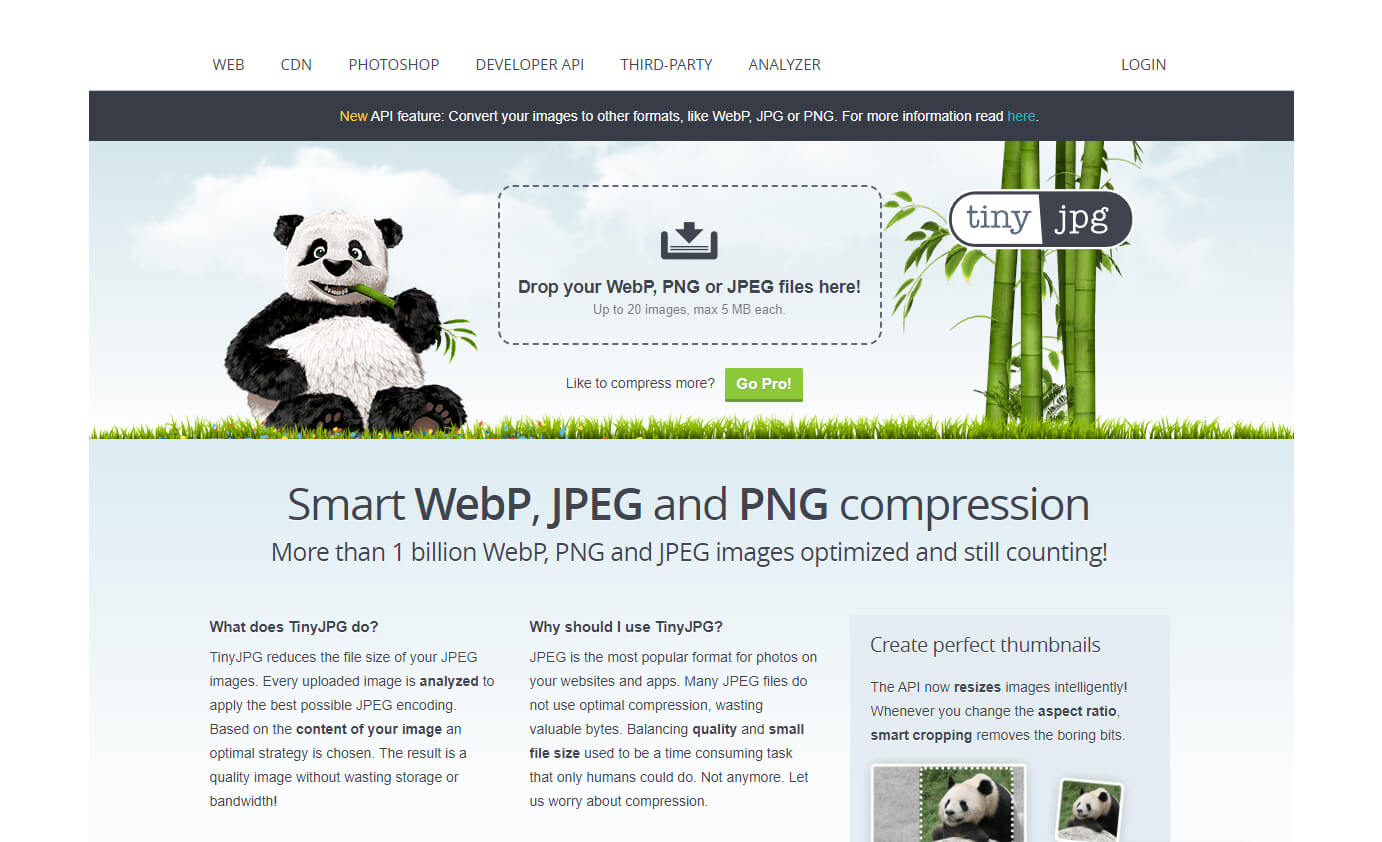
5. Link Building: Quality Over Quantity
High-quality backlinks from relevant, authoritative websites help build your website's reputation, contributing to higher rankings in SERPs. Instead of trying to gather as many links as possible, focus on obtaining high-quality ones.
Investigate how other websites collect their Backlinks.
Finding backlinks can be tough. But big websites have cracked it. So, see how they've done it.
Use Seodity's backlinks tool, and select the filter "Good Backlinks".
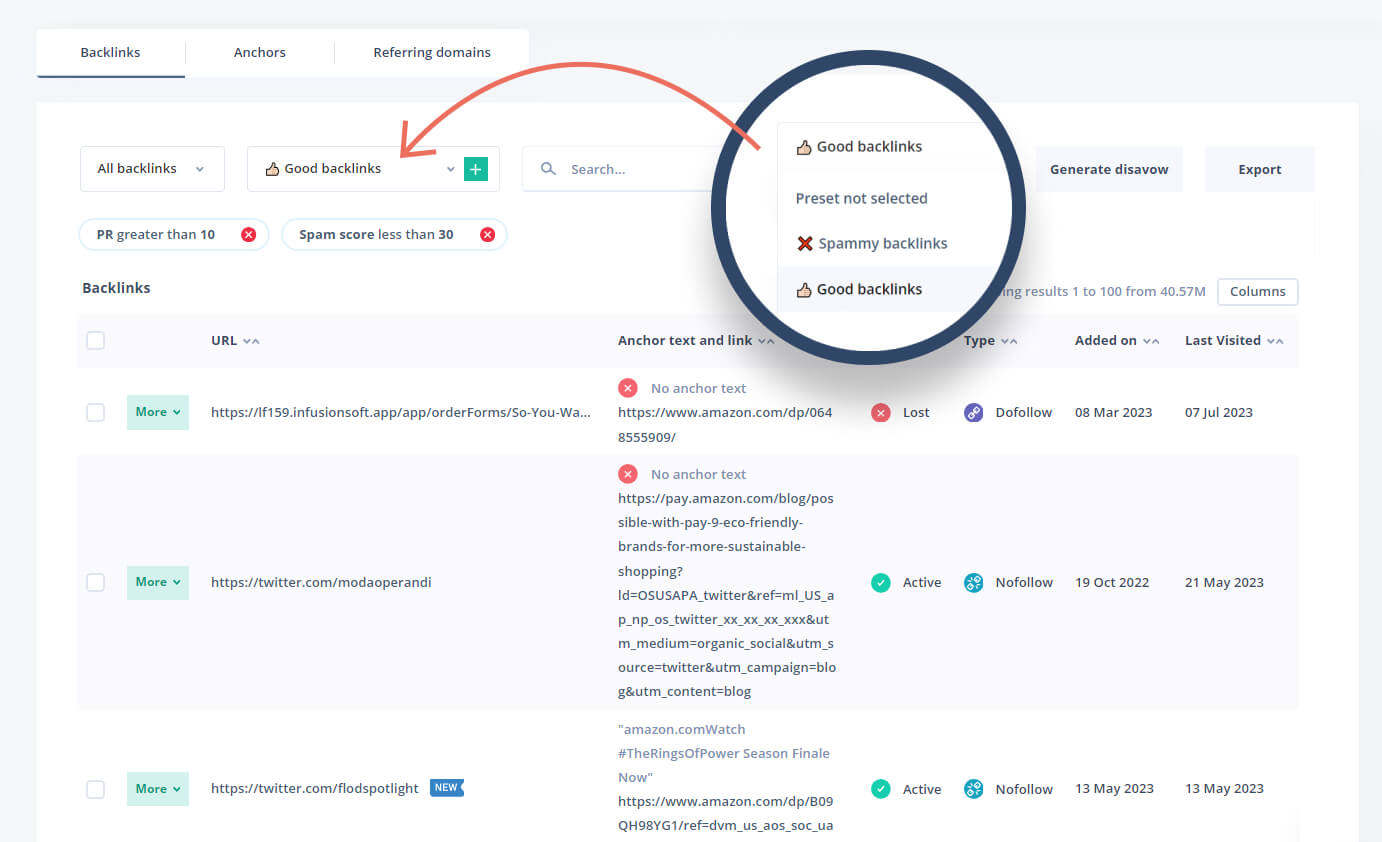
This approach can provide you with numerous ideas about link building for your website.
6. User Experience (UX) Optimization
UX is now a ranking factor. Design your webpage with the best UX principles in mind, making it easy to navigate for both search engines and real people.
Unfortunately, this might be a slow process. You need a substantial amount of data to optimize your UX. You can start by implementing a tool dedicated to this purpose, such as Hotjar.
Focus on the changes that you can implement through A/B testing. You can integrate your A/B testing tool with HotJar for a better understanding of the happenings.
For more about the process, visit this page: https://help.hotjar.com/hc/en-us/articles/360052309573-A-B-Testing-with-Hotjar
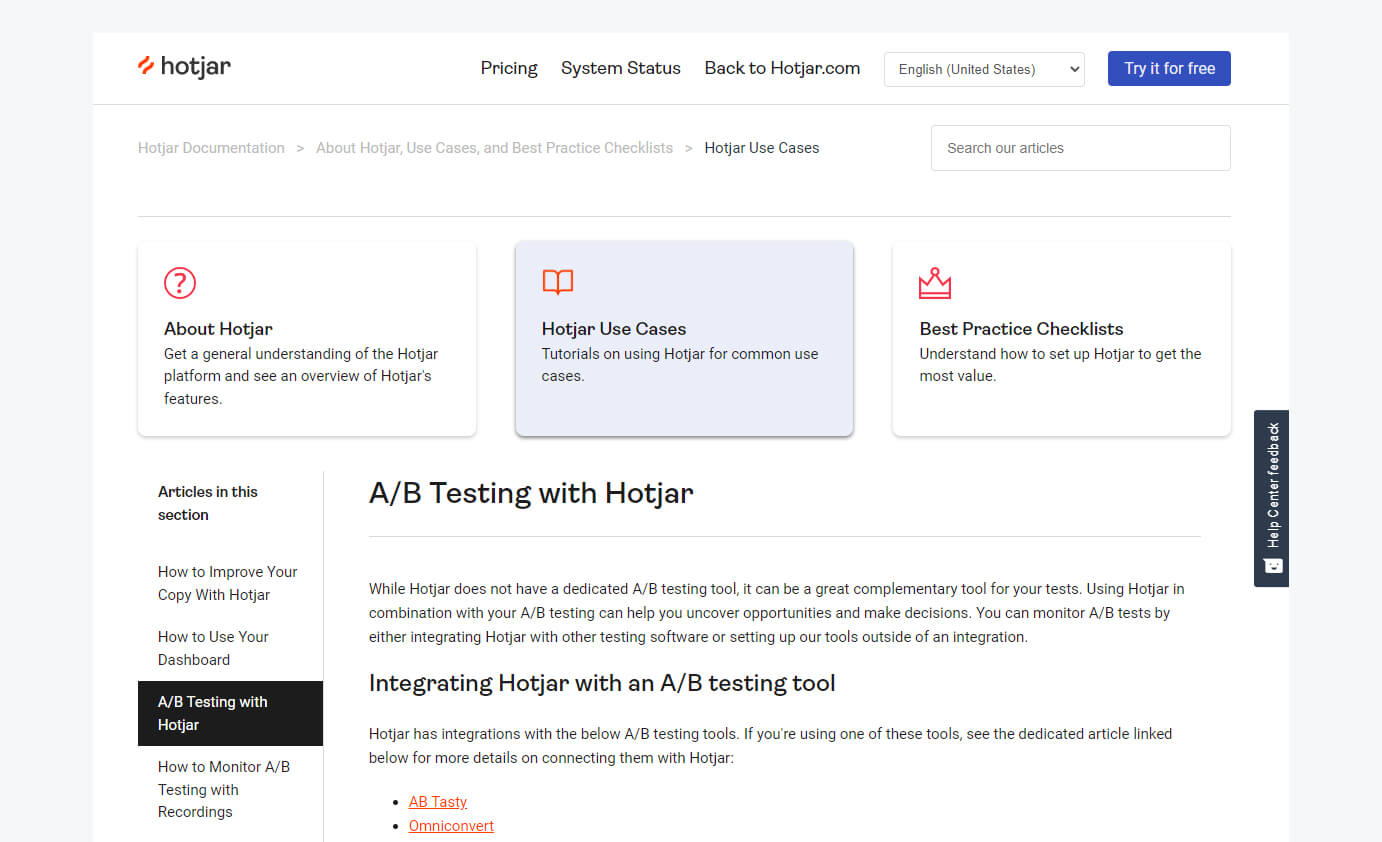
7. Measure SEO Performance
Finally, analyzing and measuring your SEO performance regularly will help you understand what practices are working for you and where you need to improve.
The first step is to investigate your new Organic Traffic keywords in Seodity.
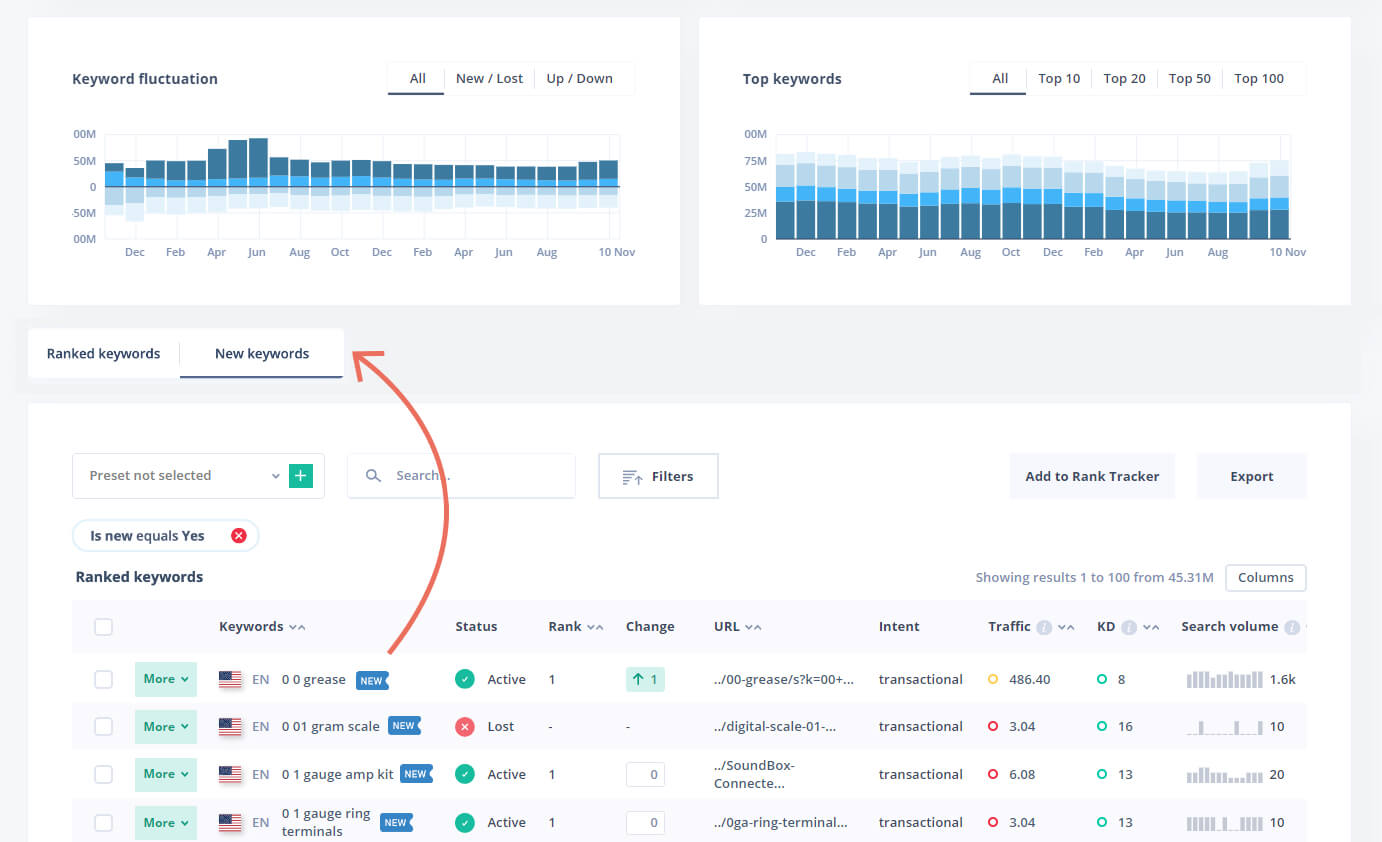
The second step involves adding keywords you wish to track into the Seodity's Rank Tracker.
And, don't forget to sign up for Seodity here -> https://app.seodity.com/signup
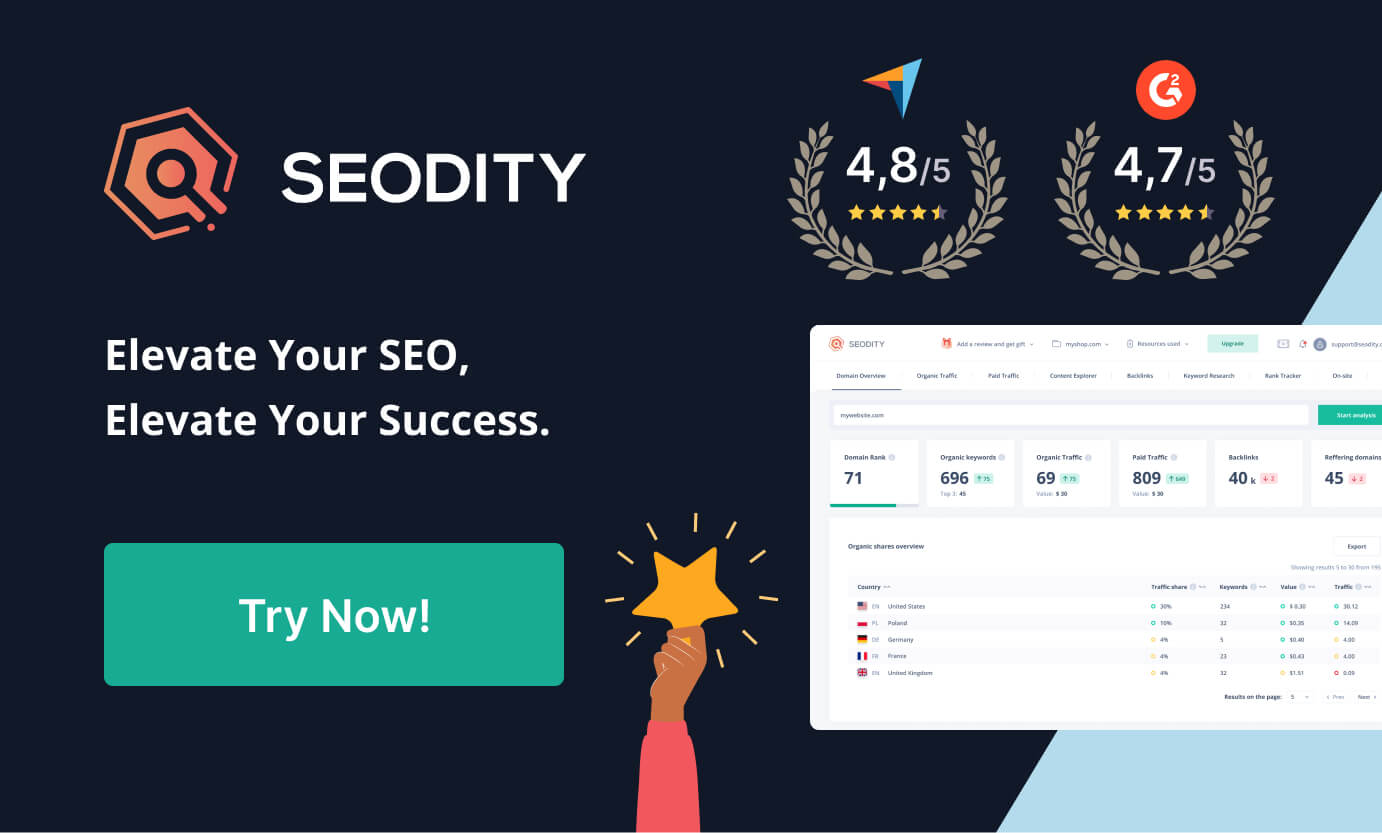

Marcin is co-founder of Seodity
.svg)
